Waymo and Toyota are teaming up. The Japanese giant will help develop a new autonomous vehicle platform for the Google spin-off which has become the U.S. leader in driverless ride-sharing technology. The announcement comes days after VW and Uber revealed their own autonomous alliance. More from Headlight.News.
Competition in the driverless ride-sharing world has gotten a lot hotter this past week. In the latest development, Toyota has signed a preliminary agreement with autonomous tech leader Waymo.
Waymo is widely seen as the leader in its field, with hundreds of driverless robocabs plying the streets of Los Angeles, San Francisco and several other cities. But the new alliance could mark a shift in its strategy, Toyota and Waymo indicating they will be exploring ways to integrate fully autonomous technology in “personally owned vehicles.”
“Waymo’s mission is to be the world’s most trusted driver,” said Tekedra Mawakana, co-CEO at Waymo. “This requires global partners like Toyota that share our commitment to improving road safety and expanding accessible transportation.
The new alliance
The two partners are being vague about specifics, for now, a joint statement indicating they’ve inked a “preliminary agreement to explore a collaboration focused on accelerating the development and deployment of autonomous driving technologies.”
Waymo already has developed its own technology which it has integrated into a number of different vehicles from earlier partners such as Britain’s Jaguar and China’s Zeekr — as well as from Toyota’s Lexus division. Waymo already has commercial operations in Los Angeles, San Francisco, Phoenix and, most recently, Austin. It claims its vehicles have so far logged tens of millions of miles and have had an enviable safety record, involving 81% fewer “injury-causing crashes compared to a human benchmark.”
If the new venture moves forward, Toyota’s Woven subsidiary will provide software and other technology for the project.
“We share a strong sense of purpose and a common vision with Waymo in advancing safety through automated driving technology,” said Hiroki Nakajima, Member of the Board and Executive Vice President of Toyota Motor Corporation, “and we are confident this collaboration can help bring our solutions to more people around the world, moving us one step closer to a zero-accident society.”
Taking autonomy to the retail market

The Mercedes-Benz Drive Pilot system is the first Level 3 technology available for private vehicle owners in the U.S.
What could be the unique ingredient in this new deal is the potential for developing advanced autonomous technology that can be integrated into retail vehicles.
A number of manufacturers currently offer semi-autonomous systems, such as General Motors’ Super Cruise and Ford’s Blue Cruise. These permit motorists to take their hands off the wheel on tens. Even hundreds of thousands of miles of public roads. But, what is technically known as “Level 2” technology still requires motorists to maintain focus on the road and be ready to retake control in an instant, if needed.
Mercedes-Benz recently took things to the next stage with its “Level 3” Drive Pilot system allowing motorists to completely turn attention away, texting or watching videos, for example. But the system, now on sale in California and parts of Europe, still requires the driver to be alert and awake and ready to retake control – and it operates only at relatively low speeds on select limited-access roadways.
An industry goal is to reach the point where privately owned vehicles could operate even with no driver behind the wheel. “Level 4” technology, like what’s used in Waymo’s robocab fleet, can operate in specific geo-fenced areas. “Level 5” systems would eventually be able to operate anywhere, under all conditions that a human driver might face.
More Autonomous News
- Uber Set to Launch Fleet of Autonomous ID.Buzz Microbuses
- Trump Administration Eases Driverless Development Rules
- Auto Industry Preps for Autonomous Driving
Growing competition
The path to driverless technology hasn’t been entirely smooth. There’ve been a number of failures along the way. General Motors closed down its San Francisco-based Cruise subsidiary last year following a near-fatal accident in autumn 2023. It has moved development in-house since then. Ford shuttered its own robocab program based in Pittsburgh, and Lyft and Uber both walked away from their ih-house programs.
Uber did so in 2018 following a fatal crash in Tempe, Arizona in 2018. But, this past week, it announced an alliance with Volkswagen that could eventually have thousands of self-driving ID.Buzz EVs roaming the streets of the U.S.
Then there’s Tesla. The automaker has two semi-autonomous technologies available for its current vehicles: the original Autopilot and more advanced Full Self-Driving, or FSD, though both still require drivers maintain hands on the wheel at all times. But CEO Elon Musk earlier this year announced plans to launch a new vehicle, the CyberCab, which would feature Level 4 driverless technology. It is expected to make its debut sometime around mid-year, with production tentatively scheduled to begin in 2026.

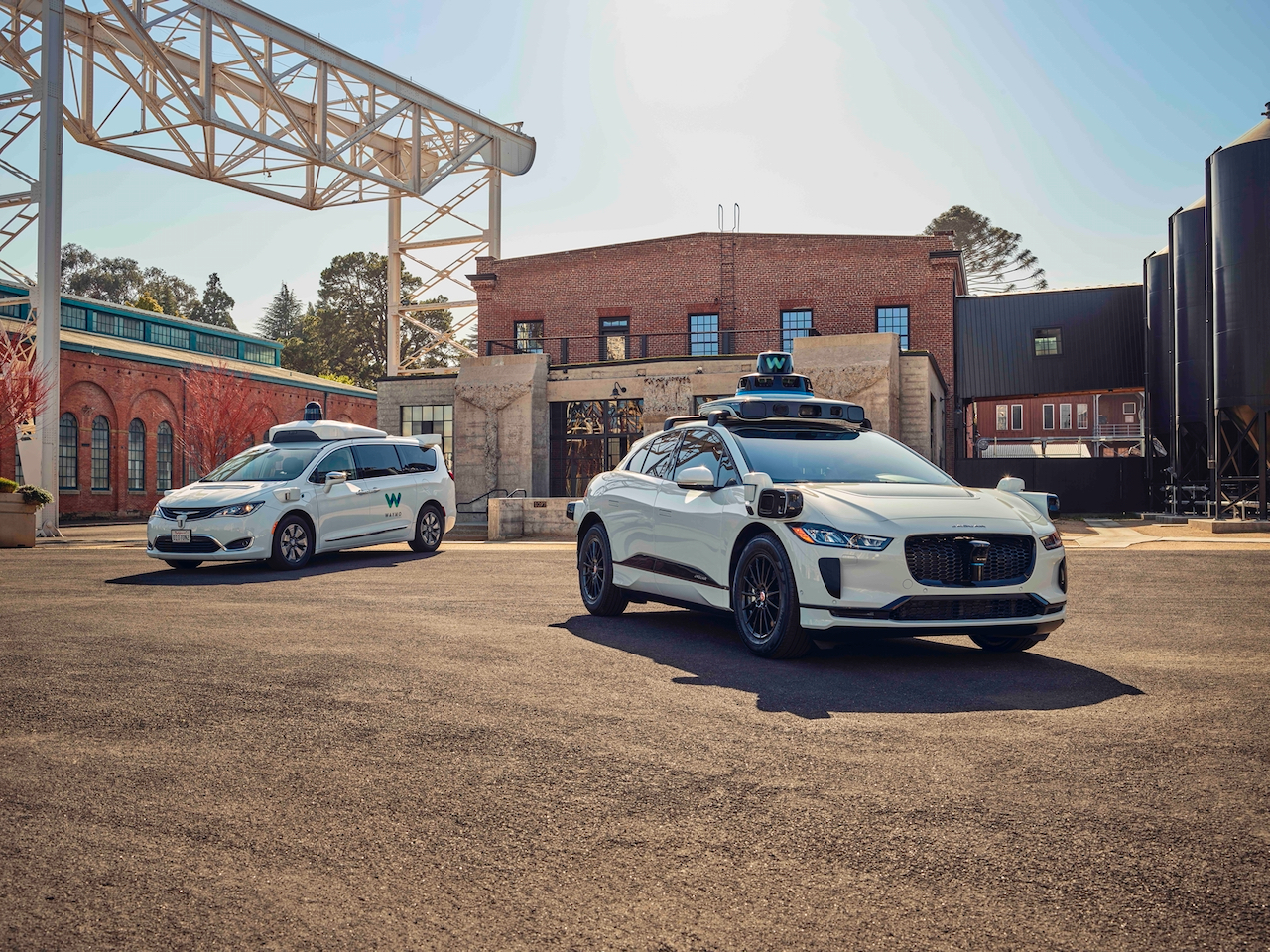
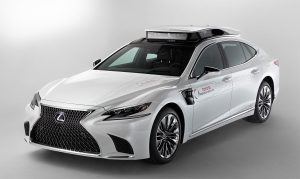
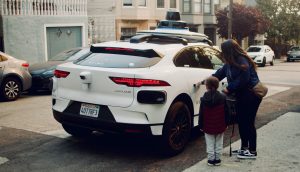
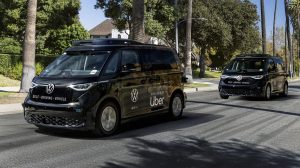

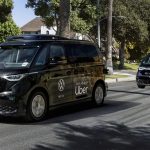

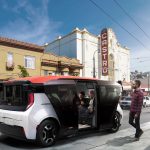
0 Comments